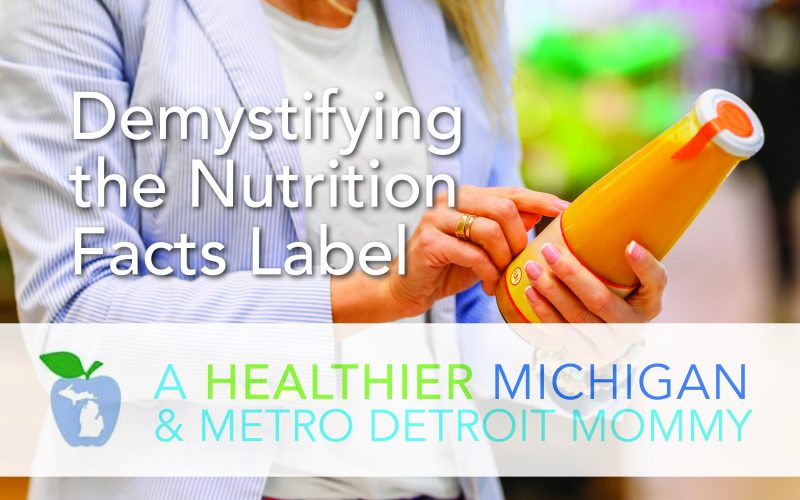
Organic, healthy, low-fat, natural and the list goes on – commercial food packages are filled with seemingly healthy terms. The truth is, there are plenty of foods packed with unhealthy ingredients that are deemed organic and natural. The best place to look decipher a healthy choice from an unhealthy one is the nutrition facts label and ingredient list. But even reading the fine print can make consumers scratch their heads.
Here’s where to start:
- Look for the serving size and the number of servings. Even food items that seem that the entire item is a serving – think snack-sized bags of chips or ramen noodles – sometimes have multiple servings in it. If you plan on consuming the full package, the number of calories, saturated fat and all needs to be multiplied by the number of servings.
- Check the ingredient list. The ingredients are listed in descending order by weight. This means, the most plentiful ingredient will be first on the list. This is why it’s best to avoid sugar or one of its sneaky stunt doubles brown rice syrup, fructose and more in the first few ingredients. A long ingredient list with many unfamiliar names is often a tell-tale for an ultra-processed food item which has been associated with an increased risk of several chronic illnesses. Sticking to foods with fewer than eight ingredients or so is best.
Now that you know what to pay attention to, here are some numbers to keep in mind:
- 5%. If a food has 5% daily value or less of a nutrient per serving, it is considered low in that nutrient. This is something we want to see for unhealthy nutrients such as sodium, sugar and saturated fat.
- 20%. If it has 20% daily value or more of a nutrient per serving, it is considered high in that nutrient. Numbers around 20% are excellent for ingredients such as fiber and protein.
- 24 grams. The American Heart Association recommends no more than 24 grams (about 6 teaspoons) of added sugar per day for women, and 36 grams of added sugar (about 9 teaspoons) for men.
- 1,500 mg. It’s recommended not to have more than 2,300 milligrams a day, but the ideal limit is 1,500 mg per day for most adults, especially for those with high blood pressure.
When it comes down to it, the nutrition facts label’s percentages are just a guide. It is based on a 2,000-calorie diet, so the percentages don’t hold true to everyone. It’s important to consider individual needs such as sodium intake for those with hypertension and carbohydrates in a serving for those living with diabetes. Though nutrition facts labels can be helpful, it’s important to keep track of the sugar consumed from scratch-made items and spoon of sugar in your morning cup of joe.
Shanthi Appelö is a registered dietitian and health and wellness spokesperson for Blue Cross Blue Shield of Michigan based in Detroit. Passionate about the science of nutrition and behavior, Shanthi has experience working in clinical nutrition, public health and teaching in the university setting. In her free time, she enjoys experimenting in the kitchen, exploring the outdoors, working on art and spending time with family.
Our mission is to help everyone in Michigan get healthier from the inside out. This means everything from giving you resources to help you make better decisions about diet and exercise, as well as information on creating and sustaining nurturing communities and successful businesses — everything you need to help create a healthier Michigan.








